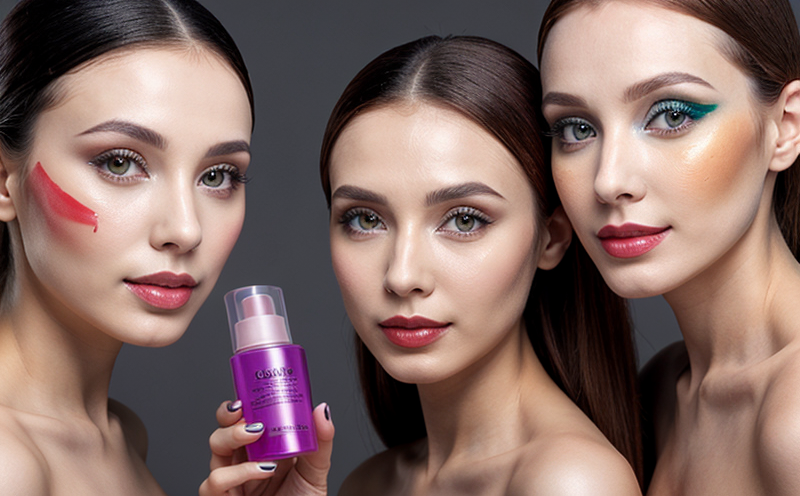Allergenicity Testing of Cosmetic Ingredients
Understanding allergenicity is crucial in the formulation and development of cosmetic products. Allergic reactions can range from mild irritation to severe anaphylaxis, making it imperative for manufacturers to ensure that their products are safe for use by a broad population. This service focuses on assessing the potential allergenic effects of individual ingredients used in cosmetics through rigorous testing protocols aligned with international standards.
Our team utilizes advanced methodologies and state-of-the-art equipment to conduct these tests. The process involves several key steps: initial ingredient selection, preparation, application, incubation, observation, and data analysis. By adhering strictly to ISO 10993-10 (2018) guidelines for biological evaluation of medical devices, we ensure that the results are both accurate and reliable.
The significance of allergenicity testing cannot be overstated. It not only protects consumers from adverse reactions but also enhances brand reputation by demonstrating a commitment to safety and quality. Manufacturers who invest in thorough allergy assessments can avoid costly recalls and legal issues associated with harmful products. Furthermore, this service supports regulatory compliance and helps companies stay ahead in an increasingly competitive market.
For manufacturers using novel or less common ingredients, allergenicity testing provides critical insights into potential risks early in the product development cycle. This proactive approach allows for necessary adjustments to be made before full-scale production begins, saving time and resources while ensuring product safety.
Why It Matters
The importance of allergenicity testing cannot be overstated given the global nature of the cosmetics industry. Consumer awareness about ingredient sources and potential health impacts continues to grow, leading to increased demand for transparent labeling and stringent quality control measures. Regulatory bodies worldwide are implementing stricter regulations aimed at protecting consumers from potentially harmful substances.
- Regulatory Compliance: Ensures adherence to local and international standards such as EU Regulation (EC) No 1223/2009, which mandates safety assessments for all cosmetic products placed on the market.
- Consumer Trust: Builds consumer confidence by providing evidence of rigorous testing processes that prioritize individual well-being over commercial interests.
- Risk Mitigation: Identifies and mitigates risks early in product development, reducing the likelihood of adverse events post-launch.
- Sustainability: Encourages the use of safer ingredients which can lead to more sustainable practices within the industry.
By integrating allergenicity testing into their quality assurance programs, manufacturers position themselves favorably in terms of both consumer relations and regulatory landscapes. This proactive stance not only enhances brand reputation but also fosters long-term growth by maintaining a loyal customer base.
Scope and Methodology
Our allergenicity testing service covers a wide range of cosmetic ingredients including preservatives, antioxidants, fragrances, pigments, and surfactants. The scope encompasses both synthetic compounds derived from petrochemical sources and naturally occurring substances extracted from plants or animals.
The methodology begins with careful selection of the ingredient to be tested based on its intended function within the formula. Specimens are then prepared according to standard protocols outlined in ISO 10993-10 (2018). These preparations include dilution and concentration adjustments tailored specifically for each type of test being conducted.
The actual testing process involves exposing human or animal cells, depending on the specific requirements of the study, to the prepared sample. This exposure allows us to observe any inflammatory responses indicative of an allergic reaction. Data collected during these observations is meticulously analyzed using statistical tools provided by the aforementioned international standard.
Once all relevant data points have been gathered and analyzed, comprehensive reports are generated detailing findings along with recommendations for further action if necessary. These reports serve as valuable resources for internal decision-making processes regarding future formulations or modifications to existing ones.





